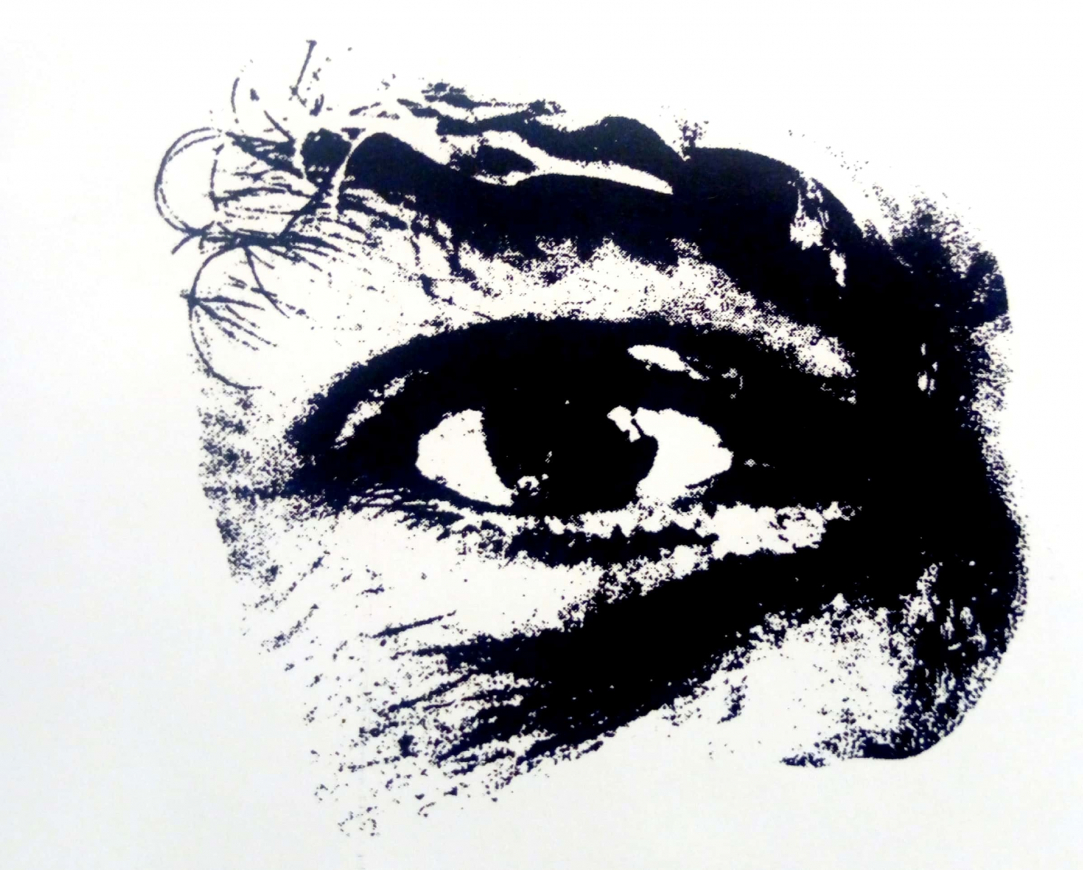
Especies de espacios. Extensions i metàfores de la fotografia contemporània al Perú
The project behind this exhibition finds its origins in the interests provoked by various shows presented by young Peruvian photographers in Lima, Havana, New York, Paris, Madrid, Barcelona and Valencia, giving individual hints of the existence of a new generation of artists working with the photographic support from an experimental perspective. Indeed, we are now witnessing the steady consolidation of a "new photography" in Peru, a movement led by younger artists working with landscape, social reality, the documentary, testimony, memory, exoticism and other variants, not just of photography but also of anti-photography.
A common element links all the artists in the exhibition: the experimental and conceptual basis which forms the origin of their work with the primordial aim of stretching photography's capacity for invention to the maximum.
None of these photographers are interested in reproducing reality as it is manifested or seen. Rather they are interested in the very production of reality without reference points: forms, surfaces, volumes and species of spaces become the object of unconcealment for the camera's eye, whose sensitivity seems to become accentuated in this process of deciphering the immediacy which is seen.
The rediscovery of the photographic language of the photographic language in Peru, which has its roots in a solid photographic tradition, has had the effect of stimulating the development of contemporary art in the country, as can be seen, particularly, in the fields of installation and video. Peru obtained its recent introduction onto international contemporary art circuits thanks to the participation of certain of these young photographers.
The landscapes of Luz María Bedoya are the coastal deserts seen in a return journey from Lima to the northern extremes of the country and, in the opposite direct, from the city to the far south.
Morgana Vargas Llosa, despite being one of the youngest of this group of artists, has already developed a surprising body of work in which exploration of the photographic support is an indispensable element in her achievement of the desired effects. Her starting-point is the real world, a world whose proximity makes it almost domestic, but one which generally passes unnoticed. From Lima to Kosovo, the artist -who lives in Spain- travels all over the world.
The exoticism of Michael Tweddle's images is based on superimposing animal or plant elements over a female nude, making his work, without doubt, an outstanding example of the diversity of approaches found in Peruvian photography.
Sol Toledo, who has adopted photography as an evolution of his sculptural work, also presents images which partake of the immediacy of the everyday as it is perceived by the eye, pertaining to the absent faces of members of his family, captured by the camera and developed on white gauze.
Milagros de la Torre's commited photography defies classification as regards the aesthetic and artistic quality of her images. Her work in this exhibition shows the reproduction of fragments of the bodies of three "disappeared ones" under the tenebrous illumination of death.
Annamaría McCarthy takes herself as the subject and object of her own work, directing the gaze onto herself. What the camera's eye captures are figures and objects with a memory which neither renounces its past nor accepts death. Her first dress, some shoes and some portraits of her grandmother are her essential items of luggage.
María Cecilia Piazza invents a window, that of her house in New York, which separates a lightless interior, the mirror of her own darkness, from an urban landscape of indefinitely prolonged perspective.
Flavia Gandolfo's maps of Peru, obtained photographically from drawings in school exercise books, become a significant symptom of this territorialisation of place which cannot be classified, despite which its paradoxical significance increases.
Menene Gras Balaguer


